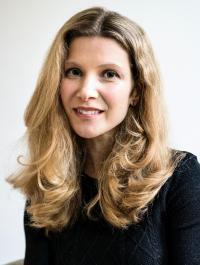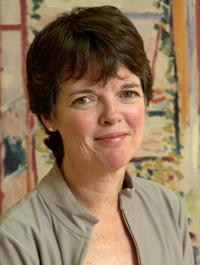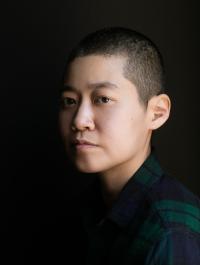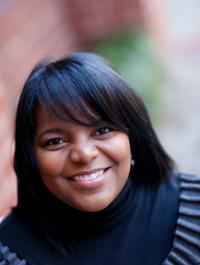He had that look on his face again. She remembered it now. It was that troubled look he had six months ago when his snakes got sick. “Angelica,” she remembered him saying softly, almost in tears, “they’re dying, they won’t eat, they’re as limp as noodles, all of them.” What was he going to do? He was supposed to deliver their venom to the lab days ago. They had been calling, reminding him, demanding, threatening to go with another venom vendor. They’d tell the other labs about him, ruin his hard-earned reputation.
He was screwed without his snakes. And what’s more, he really loved them.
Angelica always wanted him to look at her that way, with that much attention and intensity that would show he loved her that much too. That he needed her around. And finally here it was.
“No more pills, Angelica. You’re going to end up killing yourself.”





